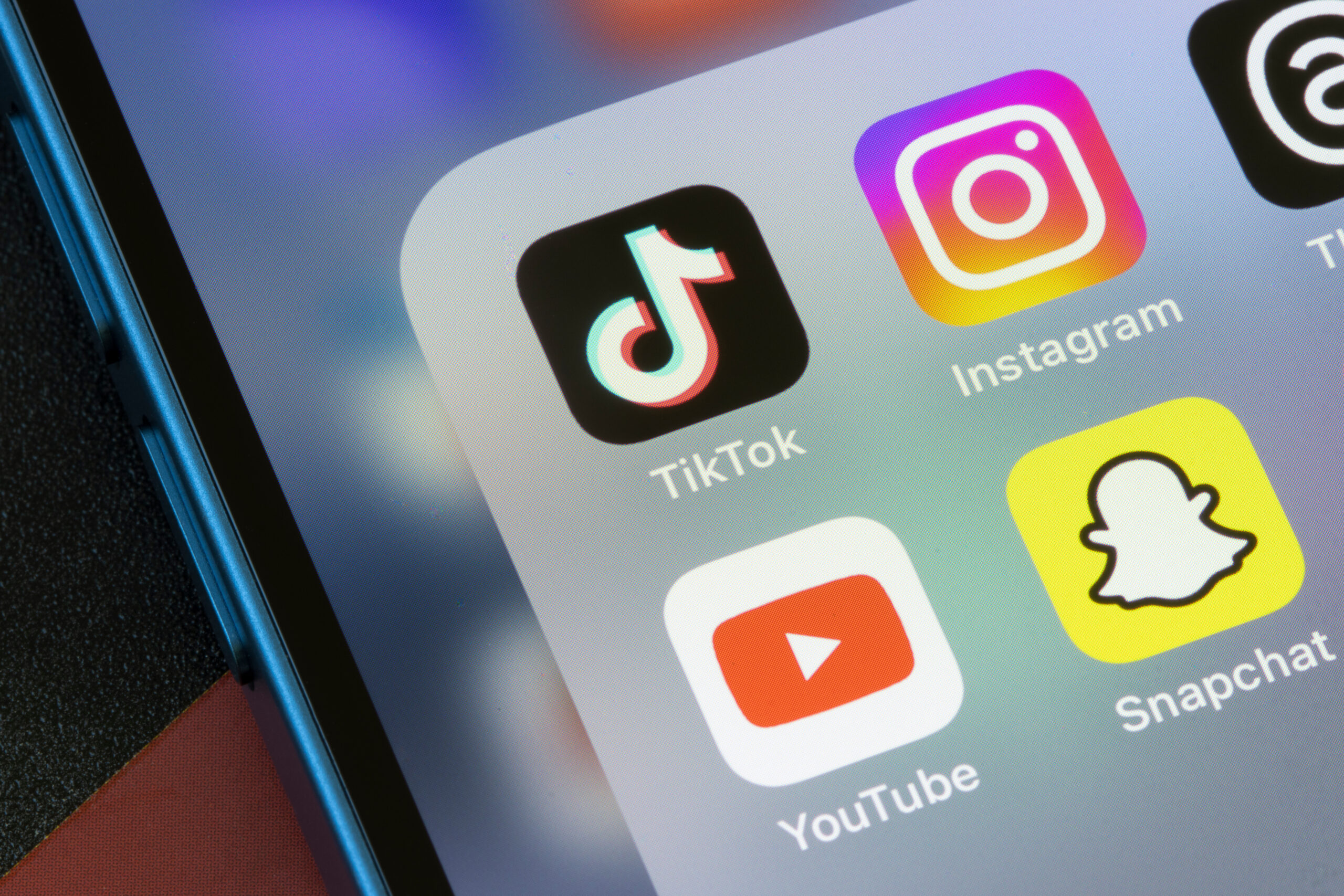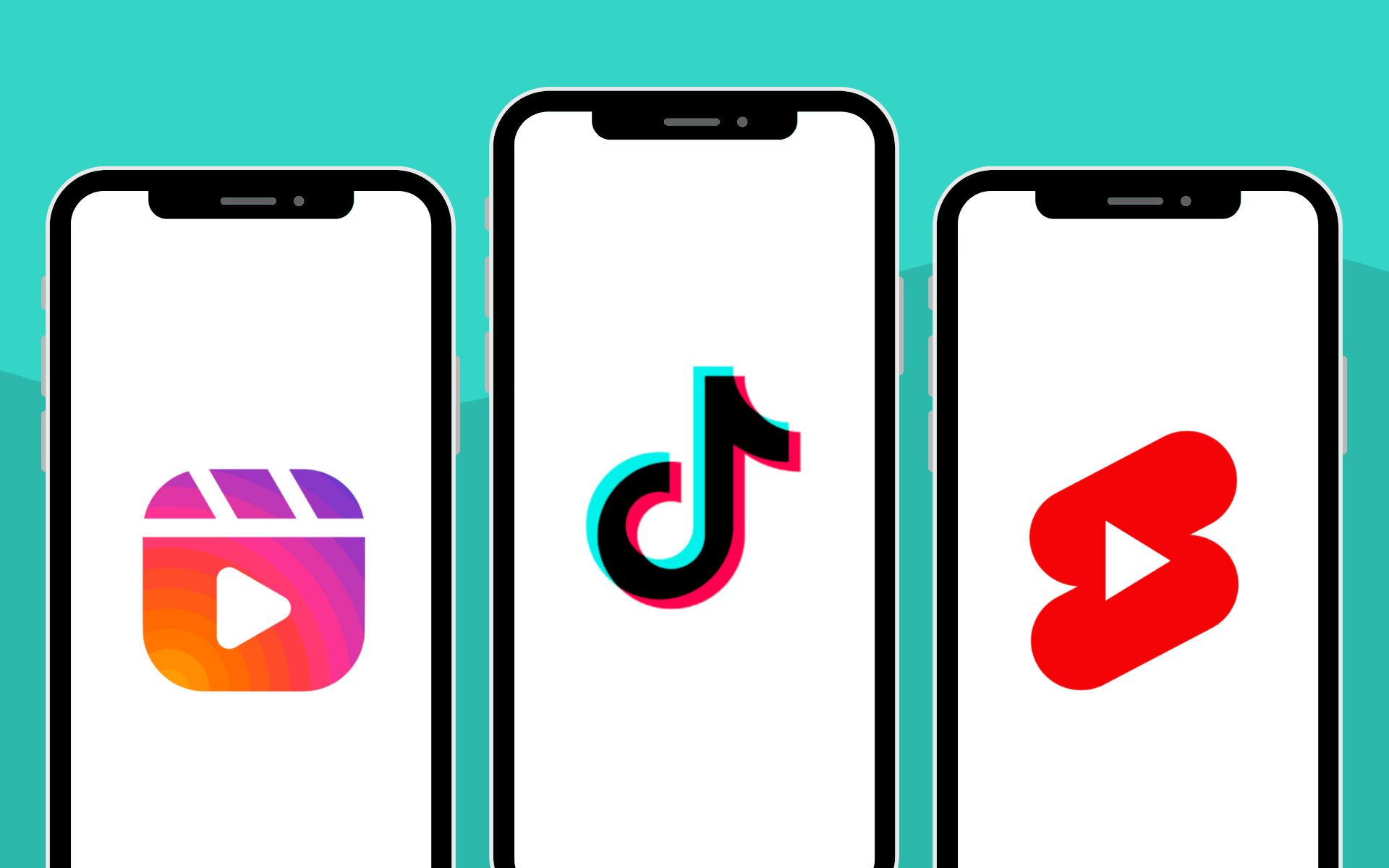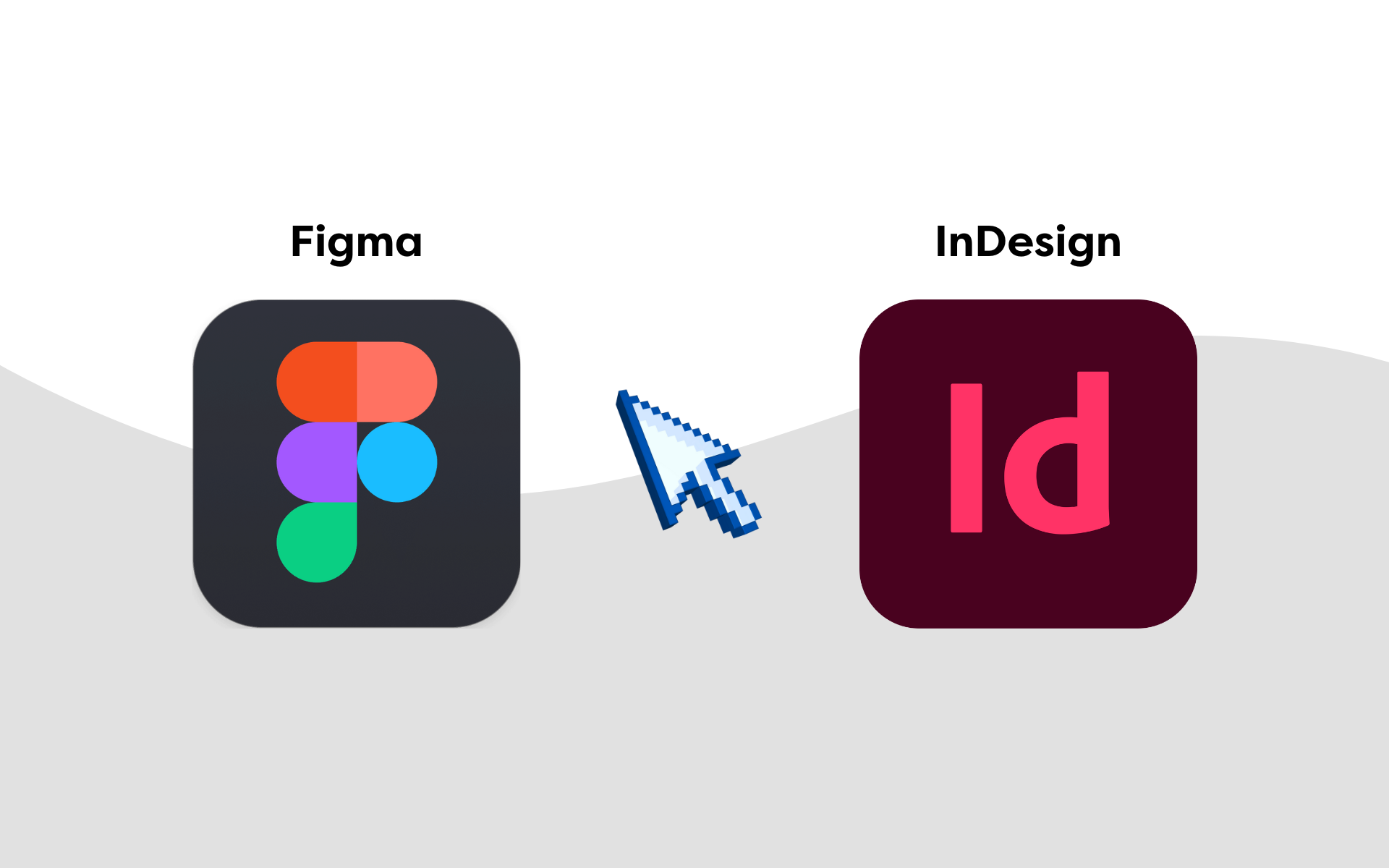The TikTok ban in the USA caused chaos. Lasting only 12 hours, but having lasting effects on social media.
With over 170 million users in the US being blacked out from the app on the 18th of January, it left a whole needing to be filled in the social media realm.
And one particular platform that didn’t waste any time taking advantage of the ban was Instagram.
Rolling out some big updates on the very same day of the ban, it was clear that Instagram wasn’t going to pass on the opportunity.
The extension of Reels
Instagram has had 90-second reels for quite some time now, with the head of Instagram, Adam Moressi, saying last year that they wouldn’t be extending reels due to the fact it could compromise the platform’s core identity to connect people with friends.
But the day before the TikTok ban, Reels was extended to 3 minutes, crediting the change to user feedback that it is “just too short”.
It of course is challenging Tiktok’s format which extended their videos to 3 minutes back in 2021. The big question is, why did this take so long? Instagram reel users have been asking for longer reels since TikTok did it back in 2021. So why now?
It’s almost as if there’s an ulterior motive behind it.
Instagram’s new revamped grid
Instagram didn’t stop with just an update to reels. A whole new layout change was in store as well with the platform revamping their profile grid from the 1:1 square they have used since the app’s creation to the taller 4:5 ratio.
There’s no doubt that the new ratio is perfect for vertical content, but there’s also no doubt that it closely resembles TikTok.
Although it was expected that eventually, Instagram would make the change due to the popularity of reels and the format in general, what was surprising was how quickly and suddenly they rolled it out.
Giving users no time at all to prepare for the changes.
For general users, it has definitely disrupted the aesthetic of their posts. And for us marketers, who have planned content, it means posts will need to be amended to fit the new ratio.
In short, expect to spend more time recreating or resizing graphics if you have them planned.
The CapCut replacement
It wasn’t just TikTok that was affected by the ban. It was ByteDance, the company that owns TikTok and several other apps, including video editing app CapCut.
So Instagram gave CapCut a thankful goodbye for their contribution to short-form video content – by announcing the launch of their very own (almost identical) video editing software “Edits”.
Say what you want about this, but this could be beneficial for Instagram. Although TikTok’s services were restored, countless other ByteDance applications remain banned – including CapCut.
Not only are they taking advantage of the TikTok ban, but the ByteDance ban as a whole. Is it smart? Is it unethical? However you may see it, Instagram is certainly making the most of it.
How similar is Instagram becoming to TikTok?
The big question.
The mimicry is obvious—there’s very little doubt about it—but is Instagram losing its identity in the hopes that it will become an alternative platform?
They have made heavy changes to an app that was once focused on static imagery because of the ban.
And these changes have been made. Even though the ban was only temporary, they’ve already rolled out these major changes to reels and the girdle. Those won’t revert just because TikTok is accessible in the US again.
There’s no doubt that video content is huge, especially short-form content. But what Instagram doesn’t want to do is lose its authenticity.

The final note – what it means for marketers?
For marketers, this could mean adjusting how you position your brand on Instagram. If the platform’s identity shifts, your brand content may need to shift as well.
Staying ahead of the curve and trying to understand the direction Instagram is going in will be essential.
Experiment with different content formats, messaging, and engagement strategies to align with the platform’s new direction.
Social media is always changing, and we’re just getting started in 2025.
What do you predict will be the next big change?
Looking for more content like this? Read our blog on Meta’s removal of third-party fact-checking.






